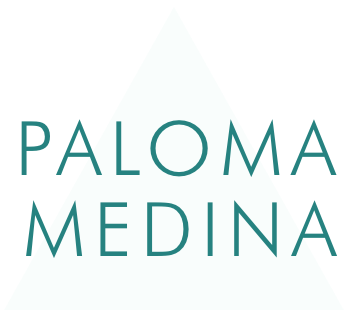Neuro of Biases: Changes you Can Make Today
In our Neurology of Equity and Diversity Train the Trainer program, we discuss the evolutionary psychology and neurology of biases (and what to do about them), but if you won't get to join us there soon, below is a little more in-depth information about how you can take action today to change your brain, and by doing so improve your future relationships with people from all walks of life. Below is a cognitive “intervention” that is showing promise based on the newest research in bias-shifting.
Increase Individuation & Exposure
One of the ways our brains unintentionally hamper our intercultural communication and decision-making is to simplify and stereotype people who it has categorized as being part of one of our “outgroups”. An action we can take today is to break the neurological habit by increasing daily or weekly opportunities for “positive humanizing intergroup contact” for our brains. A simpler way of saying this is -- create opportunities where your brain gets to see members of your outgroups as whole, complex human beings. Here’s our favorite examples of how to do this:
Volunteer outside of your immediate community or ingroup: On your volunteer shifts -- listen more than you speak at a 3 to 1 ratio -- it will mean you’re making room for others to share who they are, why the organization matters to them, what makes this organization unique and vital.
Attend cross-cultural community and art/music events and research the history and context of the artform or activity for 30 min beforehand, on your own (don’t expect members of that group to do the educating at the event, as they’re probably there to enjoy themselves, take part in important traditions, or you know, just hang out -- not to serve as educators for outsiders).
Seek out movies, podcasts, and tv shows created by and for people outside of your ingroup. These tend to offer complex, individualizing portraits of people who may otherwise be underrepresented or oversimplified in general media (and thus in our brains).
#Diversifyyourfeed: Every other week, follow one new person or group outside of your ingroup. Tip: Try searching different hashtags to really expand outside your network. Check out www.diversifyyourfeed.org for twitter+gender and this search for an easy Instagram start.
Literary Immersion: If you’re looking for a bonus level, for three months read only books written by and for members of your outgroups -- http://readdiversebooks.com offers many options.
Important caveat -- thank you in advance for not going out looking for a friend based on their race, religion, gender or any other demographic identity -- as no one wants to be someone’s “token” or educational friend. Luckily, there are lots of ways to expose your brain to bias-busting examples that don’t put the educational burden on any one specific individual.
Does this actually work? Yes, but only with repetition. Reading one book, following one new Instagram account, watching one show will not do much. It is the active, ongoing practice of #diversifying our brains that has been shown to measurably decrease these biases. The good news -- this is just like any other skill you've learned to master, you've learned to play new sports, to play new instruments, to navigate new industries and careers, this is no different to your brain. Practice is the journey. Does decreasing our biases solve intergroup conflict? Nope, but it’s one of the steps required.
Looking for further reading, articles? Check out www.palomamedina.com/resources

